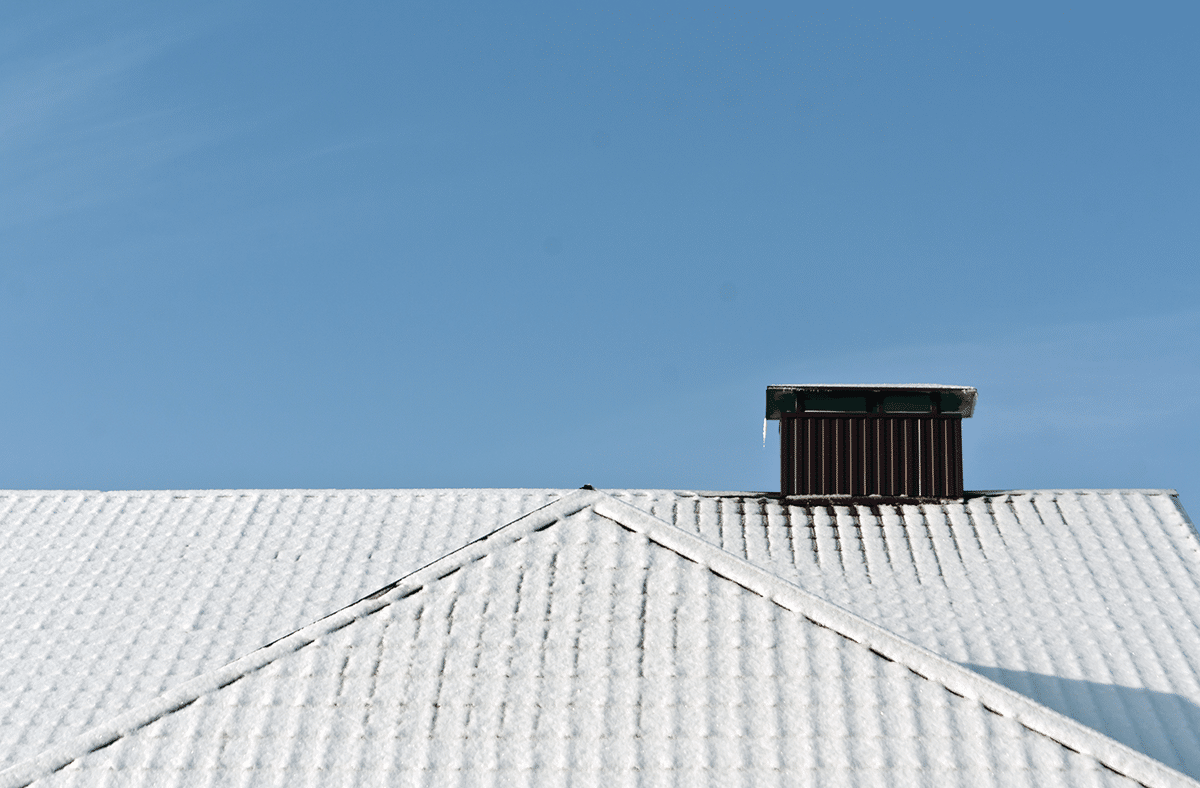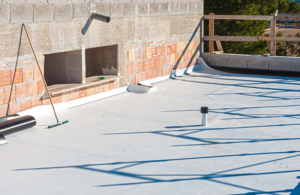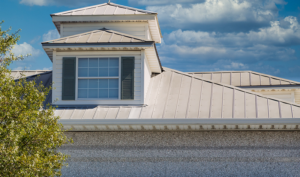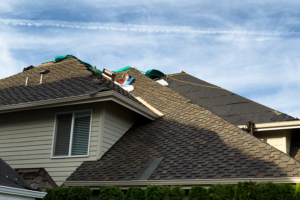A cool roof is designed to reflect more sunlight and absorb less heat than a standard roof. Cool roofs can be made of a highly reflective type of paint, a sheet covering, or highly reflective tiles or shingles. Nearly any kind of building can benefit from a cool roof, but consider the climate and other factors before installing one. Reduce energy bills by decreasing air conditioning needs of indoor spaces that are not air-conditioned, such as garages or covered patios. These are two significant ways to achieve a cool roof. Besides reducing energy costs, decreasing roof temperature can extend roof service life considerably. There are many types of cool roof technology systems available, but the surface exposed to the sun is the one that determines if a roof is cool or not. You can usually make a new or existing roof cool by selecting the appropriate surface.
Absorbed solar radiation
The absorbed solar radiation heats the roof surface and is characterized by the surface material’s temperature above ambient air temperature. A roof surface also exchanges energy by convection with the air above the roof as well as conduction with the layer of the roof directly below the surface and into the building. The peak surface temperature of a roof depends on the peak solar radiation and the solar reflectance of the surface, but according to the U.S. Department of Energy can reach 200° F. For example, on a summer day, a black roof surface (very low solar reflectance) can commonly reach peak temperatures exceeding 170°F. At the same time, a highly reflective white surface can be less than 110°F under the same conditions.
Solar reflectance
Surface contamination and weathering (primarily oxidation) cause changes in solar reflectance properties. Surface contamination occurs over time due to air pollution and biological growth, such as moss, algae (cyanobacteria), and various molds and fungi. Oxidation of both the exterior and interior layers of roofing materials is due to many factors, including ultraviolet light, heat, rapid temperature changes, and moisture penetration. In general, as your roof ages, it becomes less reflective and absorbs more heat.
Controlling heat
Solar radiation control means using materials that both reflect sunlight and radiate heat. These are known as ‘cool’ materials. Controlling solar radiation decreases the amount of energy needed to cool a building. High solar reflectance for the roof surface causes much of the solar energy to be reflected away before it can affect the roof’s energy balance. High infrared radiance (or thermal emittance) allows the roof to radiate more of the absorbed solar energy and energy from inside the building into the sky.
Types of cool roofs
Shingle roofs consist of overlapping layers made from various materials such as fiberglass asphalt, wood, polymers, or metals. Cool asphalt shingles use specially coated granules that provide better solar reflectance. Other kinds of cool roof shingles can be coated at the factory or in the field to make them more reflective.
Tile roofs are made of clay, slate, or concrete. Tiles can be glazed to provide waterproofing or coated to provide particular surface properties. Some are naturally reflective enough to achieve cool roof standards, and surface treatments can make tiles with low solar reflectance into cool roof tiles with a solar reflectance of over 80%.
Metal roofs are available with natural metallic finishes, oven-baked paint finishes, or granular coated surfaces. Unpainted metals are typically good solar reflectors but poor thermal emitters. A reflective coating can increase the solar reflectance and thermal radiation of a metal roof, allowing it to achieve cool roof status.
Reflective Coatings include highly reflective white silicon coatings, which have a solar reflectivity of 70% to 80% and can also withstand ponding water, unlike latex coatings. Aluminum roof coatings are also very efficient and can exceed 70% solar reflectivity.
Installing Cool Roof Technology
When deciding whether to install a cool roof, you’ll need to determine whether the cost will justify the energy savings. How much energy you will save depends on several factors such as your home’s climate and environment, how well insulated your current roof is, the type of roof you have, and the efficiency of your heating and cooling system. If you are building a new home, you can decide during the planning phase what type of roof to install and whether it should be a cool roof. If you want to convert an existing roof into a cool roof, you can retrofit the roof with specialized cool roof material or resurface the roof coating.
Ask the professionals at Blue Nail what option is best for you.
Cost and Energy Savings
A cool roof does not necessarily cost more, especially if you install a new roof or replace an existing one. However, converting a standard roof that’s in good condition means calculating the cost and benefit of potential energy savings. Prices include upfront installation (materials and labor) and periodic maintenance (repair, recoating, and cleaning). Benefits include energy savings, tax and other rebates and incentives, HVAC equipment downsizing, and extended roof lifetime. There are now thousands of Energy Star-rated cool roofing materials, and cool roof technologies are rapidly advancing.
RESOURCES
Blue Nail Roofing has a Master Elite contractor status awarded by the largest roofing manufacturer in North America, GAF. Only 2% of contractors in the U.S. meet the rigorous standards to achieve this status, which means you can be assured you are making a great choice when you select the professionals at Blue Nail to execute your home and business roofing repairs. Call today to schedule a professional evaluation!
Copyright © 2020 Blue Nail Enterprises. All rights reserved. | Privacy Policy
Let Us Nail Your Project!
Please send us a little information about your roofing or home improvement needs, and an expert will reach out soon.







